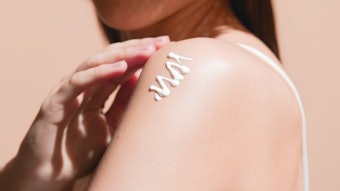Irradiation with Light-Emitting Diodes (LED) increases type I collagen production and the number of viable fibroblasts in cultured skin cells, according to researchers at the department of dermatology, Dongguk University Ilsan Hospital in Gyeonggi-do, South Korea. For the study “Antiphotoaging Effects of Light-Emittting Diode Irradiation on Narrow-Band Ultraviolet B-exposed Cultured Human Cells (Dermatologic Surgery, October 2012), Yu Shun Tian, PhD, et al, treated NB-UVB-irradiated keratinocytes with four wavelengths—630nm, 660nm, 830nm and 850nm. They examined the expression of collagen and MMP-1 in fibroblasts with or without conditioned medium from LED-irradiated keratinocytes and the expression of proinflammatory cytokines in LED-irradiated keratinocytes.
The researchers found that all four wavelengths significantly increased the number of viable fibroblasts and type I collagen expression. Fibroblasts cultured with the keratinocyte-conditioned medium showed increased collagen levels, particularly those treated with a combination of either 630nm/850nm LED or 660nm/830nm LED. Low tumor necrosis factor alpha and high transforming growth factor beta 1 expression was also detected in the LED-irradiated keratinocytes.
LED Irradiation Increases Collagen Levels
Nov 16th, 2012











